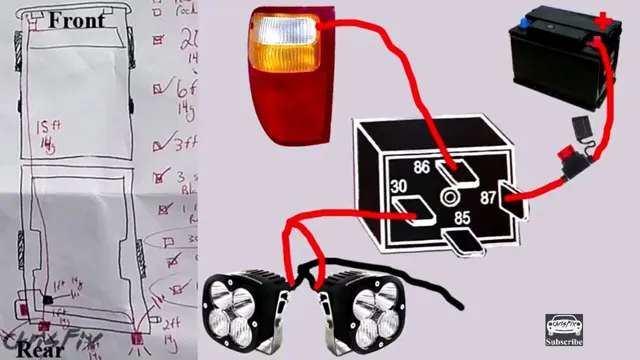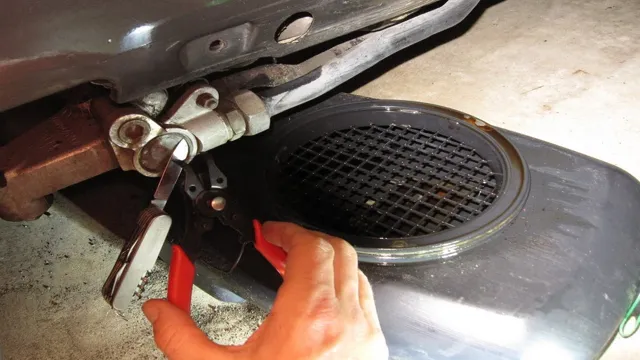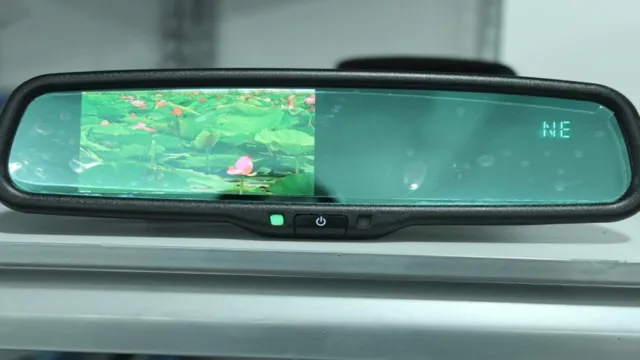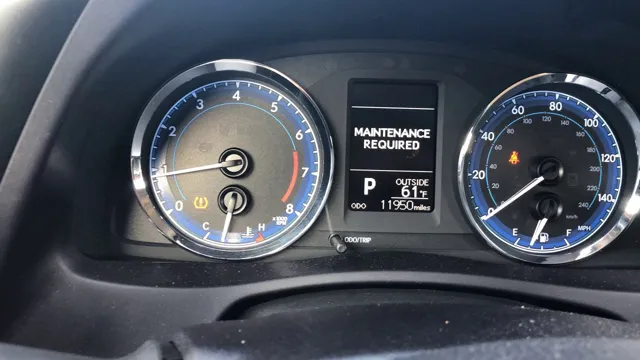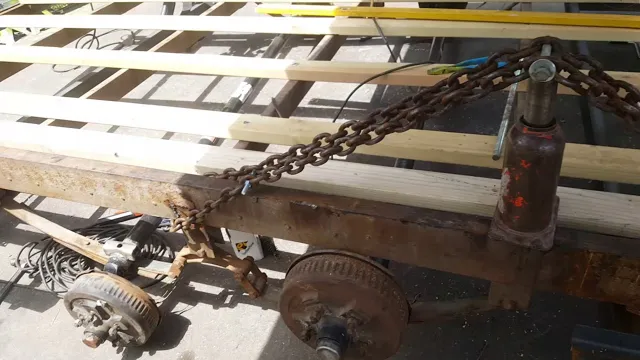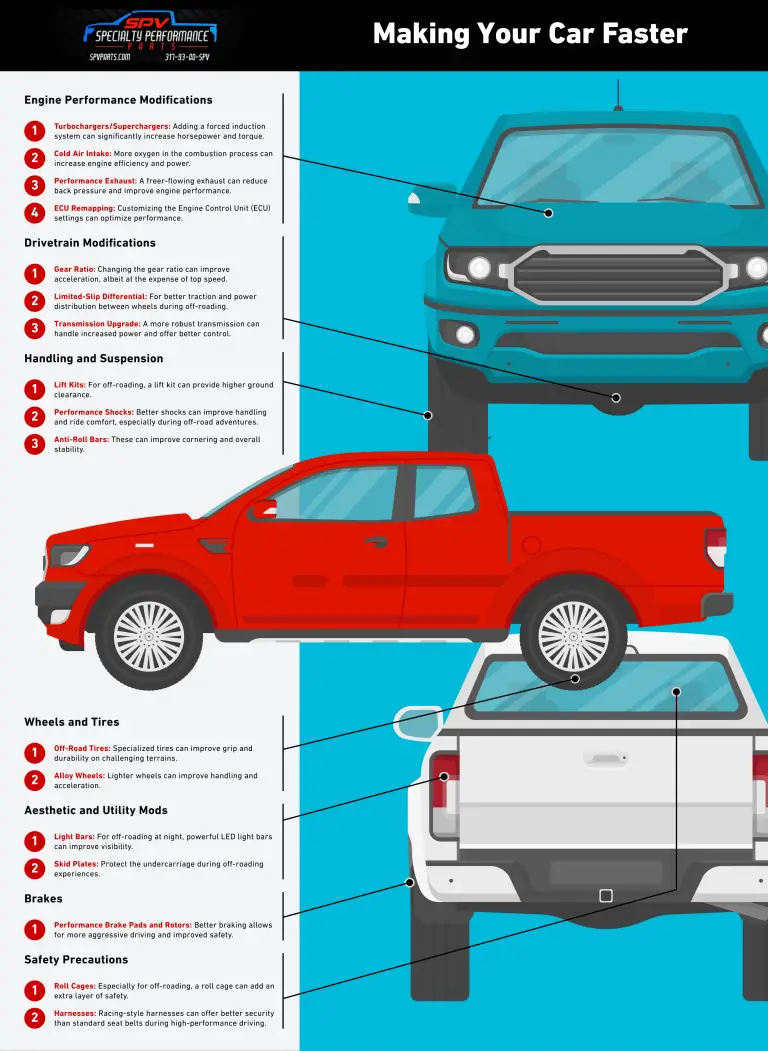Shedding Light on Safety: A Step-by-Step Guide to Adding Extra Reverse Lights to Your Vehicle.
Driving in reverse can be tricky, especially in poorly lit areas. That’s why many car owners opt to add extra reverse lights as a safety precaution. Whether you’re backing out of a parking spot or reversing down a dark driveway, the additional illumination can make all the difference.
But how do you go about adding extra reverse lights to your vehicle? In this blog post, we’ll walk you through the process step by step so you can get the job done quickly and easily. From selecting the right lights to wiring everything up correctly, you’ll learn everything you need to know to improve your visibility when driving in reverse. So buckle up, grab your tools, and let’s get started!
Why Add Extra Reverse Lights
If you find reversing your vehicle at night a bit stressful or tricky, adding extra reverse lights to your car could solve the problem. But why add extra reverse lights? Well, they provide more visibility and make reversing easier in darker conditions. Not only are you able to see better in your blind spots, but you’re also providing visibility to other drivers.
When you have trouble seeing in the dark, adding extra reverse lights can be a great solution to increase your overall safety on the road. So, if you want to make reversing easier and safer, consider learning how to add extra reverse lights to your vehicle.
Improved Safety
Adding extra reverse lights to your vehicle is one of the best ways to improve safety while driving. It’s a simple and inexpensive upgrade that can make a huge difference, especially in situations where your visibility is limited. With extra reverse lights, you’ll be able to clearly see what’s behind you, even in the darkest of environments.
This can be particularly helpful for larger vehicles like trucks and SUVs, which tend to have larger blind spots. With brighter and more powerful reverse lights installed, you’ll be able to confidently back up your vehicle, knowing that you have a clear view of your surroundings. So why not invest in this simple upgrade and have peace of mind knowing that you’ve taken steps to improve the safety of your vehicle?
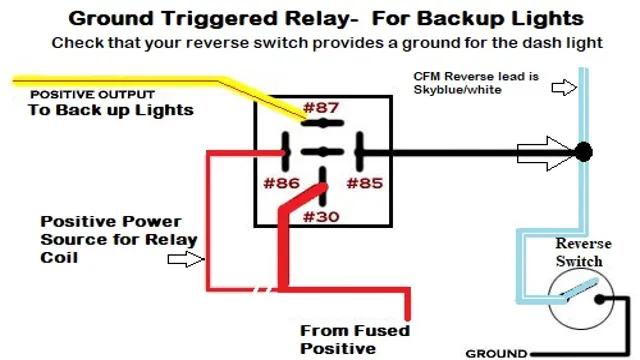
Enhanced Visibility
Adding extra reverse lights to your vehicle can greatly enhance visibility, making it easier to navigate in low-light conditions or when reversing in tight spaces. These lights are especially helpful for larger vehicles, such as trucks and SUVs, which may have blind spots that limit visibility. By adding extra lights, you can minimize the risk of accidents and improve your overall driving experience.
Moreover, installing high-quality reverse lights can give your vehicle a sleek and modern look, making it stand out on the road. So why not invest in this simple upgrade today and enjoy enhanced visibility whenever you need it? Your safety and peace of mind are worth it!
Choosing the Right Reverse Lights
Adding extra reverse lights to your vehicle can be a simple and effective way to improve safety while backing up. However, when it comes to choosing the right reverse lights, there are a few key factors to consider. First, you’ll want to look for lights with a high lumen output to ensure they are bright enough to provide adequate visibility.
Additionally, consider the color temperature of the lights, as a cooler color temperature (around 6000K) tends to provide better visibility in low light conditions. Another important factor to consider is the durability of the lights, as they will be exposed to the elements and potential impacts from other vehicles. Finally, be sure to choose lights that are compatible with your vehicle’s electrical system to ensure proper functioning.
By taking these factors into account, you can choose the right reverse lights to improve visibility and safety while backing up.
LED vs Halogen
When it comes to choosing the right reverse lights for your vehicle, one of the most important decisions you’ll need to make is whether to go with LED or halogen lights. LED lights have become increasingly popular in recent years thanks to their energy efficiency, durability, and brightness. They use less power than traditional halogen bulbs, which means they can help reduce your vehicle’s energy consumption and save you money on fuel costs.
Additionally, LED lights are much more durable and can last up to ten times longer than halogen lights. On the other hand, halogen lights are still very common and are often more affordable than LED alternatives. They may not be as energy efficient or as durable as LED lights, but they can still provide plenty of brightness and reliability.
Ultimately, the choice between LED and halogen reverse lights will depend on your personal preferences, budget, and the specific needs of your vehicle.
Brightness and Lumens
When choosing reverse lights for your vehicle, it’s important to consider the brightness and lumens. Brightness is measured in lumens and dictates how well the lights illuminate the area behind your car. The higher the lumens, the brighter the lights, which is essential for providing a clear view when reversing at night or in poorly lit areas.
However, it’s important to find the right balance between brightness and blinding other drivers. The last thing you want is to disturb other vehicles on the road. Additionally, keep in mind that the brighter the lights, the more power they will consume, so consider the battery consumption.
Ultimately, selecting the right reverse lights will depend on your specific needs and preferences, as staying safe on the road is ultimately the most important consideration.
Installation Process
If you’re looking to add extra reverse lights to your vehicle, there are a few steps that you need to follow. The first thing you need to do is purchase the reverse lights that you want to install. Once you have the lights, you need to locate the wiring harness for your reverse lights.
This is usually located in the trunk or under the bumper. Once you have located the wiring harness, you can begin wiring the new lights. This involves splicing the wires from the new lights into the existing wiring harness.
It’s important to make sure that all connections are secure and the wiring is insulated to prevent any shorts or electrical issues. After the wiring is complete, you can mount the new lights in the desired location and test them to make sure they work properly. With a little bit of effort, you can add extra reverse lights to your vehicle and increase your visibility when backing up in low light or dark conditions.
Locate Reverse Light Wiring
The reverse light wiring is an essential part of your vehicle’s lighting system that allows you to see what is behind you when you are reversing. As such, it is important to know how to locate it to install new reverse lights or troubleshoot any issues. Depending on your vehicle’s make and model, the reverse lights may be controlled by the transmission or the body control module.
To locate the wiring, you will need to consult your vehicle’s manual, which will provide you with a wiring diagram. You can also try searching online for resources or videos that can help you with the process. Once you have located the wiring, you can perform any necessary installations or repairs to ensure that your reverse lights are functioning properly.
Remember to always exercise caution when working on your vehicle’s electrical system and to consult a professional if you are unsure of what to do.
Remove Factory Bulbs and Install New Lights
If you’re looking to upgrade your vehicle’s lighting system, one of the first steps is to remove the factory bulbs and install new lights. While this may seem daunting at first, it’s actually a relatively straightforward process. First, determine which type of lighting system you want to install and make sure you have all the necessary tools and equipment.
Then, locate the factory bulbs and remove them carefully, being sure not to damage any wiring or electrical components. Next, install the new lights following the manufacturer’s instructions, making sure to properly secure them in place. Finally, test the new lights to ensure they’re functioning correctly and adjust them as necessary.
With a little time and effort, you can give your vehicle a brand new look and improved lighting performance.
Connect New Lights to Wiring
Connecting new lights to wiring is a simple process if you have the right tools and know-how. First, turn off the power supply to the area where you will be working. This will ensure your safety while handling electrical wiring.
Next, remove the old light fixture and carefully disconnect the wires. Using wire strippers, strip the ends of the wires and twist them together with the corresponding wires from your new light fixture. Use wire connectors to secure the connections and wrap them with electrical tape.
Finally, attach the new light fixture and turn the power supply back on to test your installation. Remember to always prioritize safety when working with electrical wiring. With some patience and careful attention, you will have your new lights connected in no time!
Testing Your New Reverse Lights
Adding extra reverse lights to your vehicle is a great way to increase visibility and safety while driving in reverse. However, it’s important to ensure that these lights are working properly before hitting the road. To test your new reverse lights, first, make sure your car is in a safe and level location.
Then, put your car in reverse and have someone stand behind the vehicle to check if the lights are on. If they are not, there may be an issue with the wiring or installation. Don’t hesitate to seek the help of a professional if needed.
Once everything is working properly, enjoy the added peace of mind and safety that your new reverse lights provide.
Checking for Proper Functionality
When it comes to installing new reverse lights on your vehicle, it’s crucial to ensure proper functionality before hitting the road. After the installation process is complete, it’s time to test everything out. This involves checking that the lights turn on when the car is shifted into reverse and turn off when put back into drive.
It’s also important to inspect the lights for brightness and clarity. If the lights are too dim or not working at all, it could be a sign of a problem that needs to be addressed. Testing your new reverse lights may seem insignificant, but it’s a critical step in ensuring safe driving and preventing accidents from occurring.
So, take the time to complete this step and enjoy the peace of mind that comes with knowing your vehicle is fully equipped to handle any situation.
Verifying Brightness and Visibility
Testing the brightness and visibility of your new reverse lights is crucial to ensure that they are functioning properly. One way to test this is to park your car in a dark area and turn on your reverse lights. Walk around your car to make sure that both lights are illuminating evenly.
If one light is dimmer or not working at all, it may be an issue with the bulb or wiring. It is recommended to replace both bulbs at once to prevent uneven wear. Another way to check the brightness of your reverse lights is to ask a friend to stand behind your car while you test them.
They can provide feedback on how bright and visible the lights are from a distance. Remember, having bright and visible reverse lights can be the difference between safely backing up and a potential accident or collision.
Conclusion
Now that you know how to add extra reverse lights, you’ll never have to back up in the dark again. It’s a bright idea to ensure your safety and the safety of others on the road. Don’t let the darkness get in your way, add some extra illumination and shine on!”
FAQs
What are reverse lights in a car?
Reverse lights, also known as backup lights, are lights located at the rear of a vehicle that are turned on when the driver shifts into reverse gear. These lights provide illumination for the driver to see behind the car while backing up.
Why would someone want to add extra reverse lights to their car?
Some drivers may want to add extra reverse lights to their car to improve visibility while backing up, especially in low light conditions. Additional lights can also make it easier for drivers to see obstacles or hazards behind them.
Is it legal to add extra reverse lights to a car?
Laws about adding extra reverse lights to a car vary by jurisdiction. In some places, it is illegal to modify a car’s lighting system in any way. Before adding extra reverse lights, drivers should check with local authorities to make sure it is legal.
What equipment is needed to add extra reverse lights to a car?
To add extra reverse lights, drivers will need additional lights, wiring, and possibly a switch. It is also important to make sure the car’s battery and alternator can handle the extra power draw from the additional lights.
Can extra reverse lights be installed on any type of car?
Extra reverse lights can be installed on most types of cars, but the installation process may vary depending on the specific make and model. Additionally, drivers should make sure the extra lights do not obstruct the view of other drivers or impede the car’s performance in any way.

